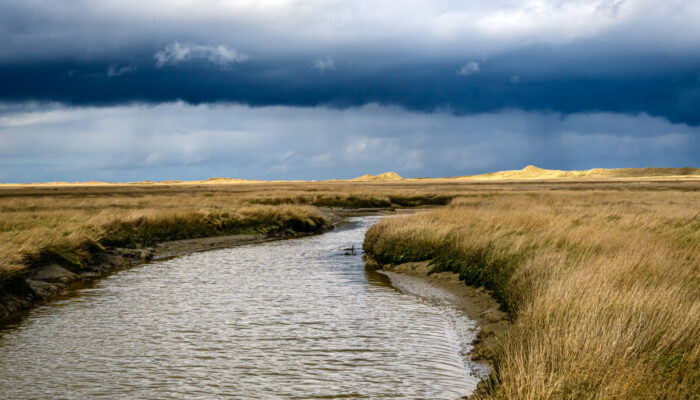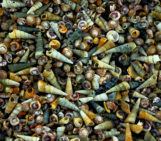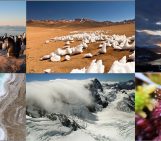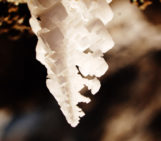
“A tidal channel (‘Priel’) in a saltmarsh of the Wadden Sea, northern Germany.” Tidal channels are an integral part of salt marshes and form naturally, connecting the marsh with the nearest water body. These tidal channels provide an ecological bounty for a diverse range of life, from plants to invertebrates to birds and mammals – and include many benefits for the people who live nearby too. The way that the tidal channel network develops is known to govern the evolution of the salt marsh environment as a whole, but it’s the role of plant growth in directing and modifying those channels, that is vital to the formation of the salt marsh.
Salt marshes continue to be essential environments to maintain the health of our planet, and manage the increasing impacts of anthropological climate change; especially sea level rise. In addition, as Stephan’s photo shows, they are stunning natural spaces, that deserved to be valued in their own right.
Photo by Stephan Sprinz, shared on imaggeo.egu.eu, caption by Hazel Gibson.
Imaggeo is the EGU’s online open access geosciences image repository. All geoscientists (and others) can submit their photographs and videos to this repository and, since it is open access, these images can be used for free by scientists for their presentations or publications, by educators and the general public, and some images can even be used freely for commercial purposes. Photographers also retain full rights of use, as Imaggeo images are licensed and distributed by the EGU under a Creative Commons licence. Submit your photos at http://imaggeo.egu.eu/upload/.



